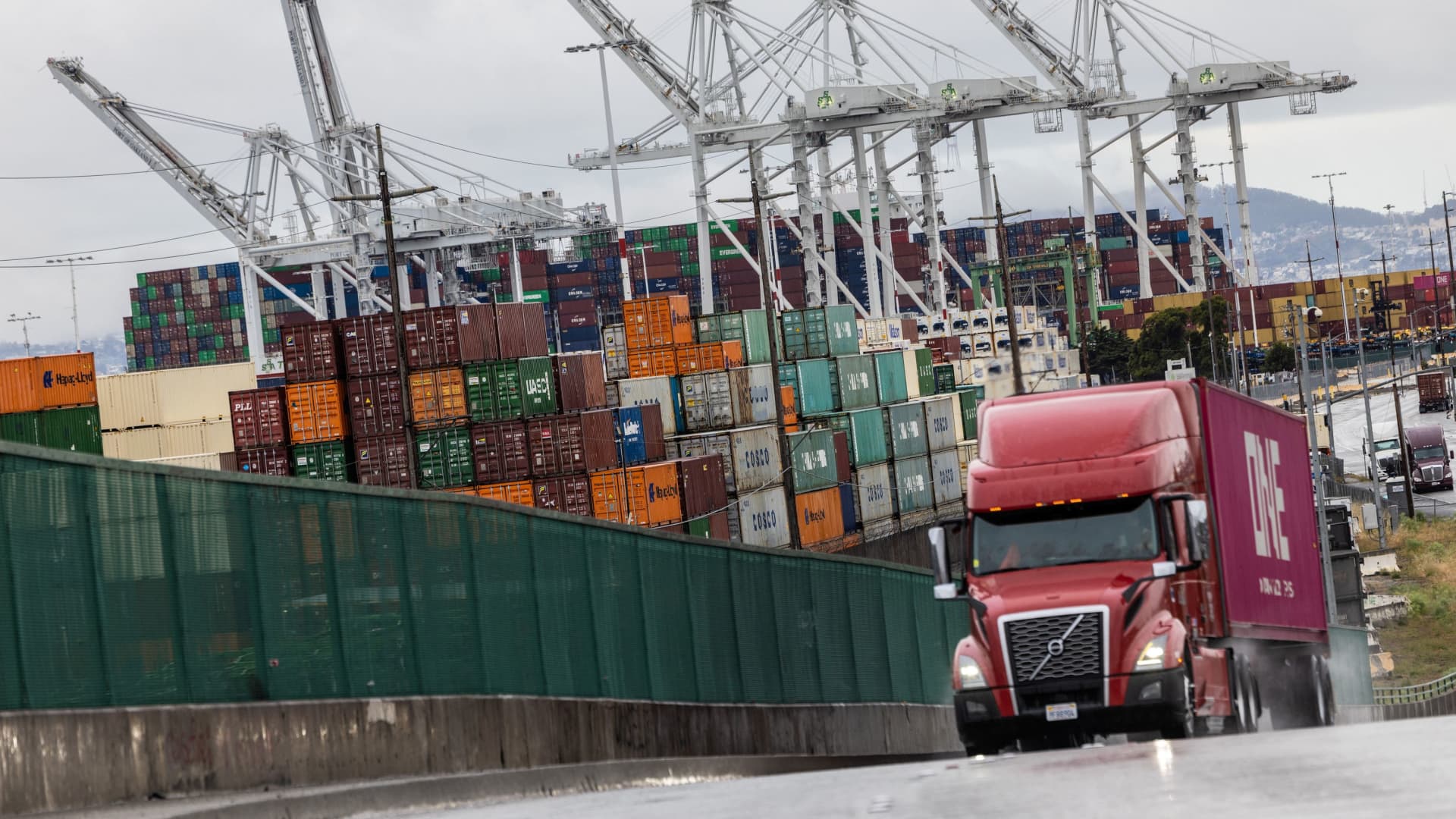Tariff Receipts and the U.S. Budget Deficit: An Analysis
Introduction
The fiscal landscape of the United States has seen significant shifts in recent times, particularly with the implementation of tariffs under the Trump administration. April 2025 marked a pivotal month, with tariff receipts reaching an unprecedented high of $16.3 billion. This surge in customs duties not only set a new record but also played a crucial role in mitigating the budget deficit. This analysis delves into the implications of these tariff receipts, their impact on the budget deficit, and the broader economic context.
Record-Breaking Tariff Receipts
The Surge in April 2025
April 2025 witnessed a monumental increase in tariff collections, with customs duties totaling $16.3 billion. This figure represents an 86% increase from the $8.75 billion collected in March 2025 and more than double the $7.1 billion collected in April 2024. The spike in tariff revenue can be attributed to the implementation of new tariffs, which went into effect on April 5, 2025. These tariffs, part of President Donald Trump’s trade policies, aimed to address trade imbalances and protect domestic industries.
Historical Context
The $16.3 billion collected in April 2025 is not just a record for the month but also surpasses any previous monthly tariff collection under the Trump administration. This significant increase highlights the effectiveness of the tariffs in generating revenue, although the long-term economic impact remains a subject of debate.
Impact on the Budget Deficit
Fiscal Year-to-Date Deficit
The fiscal year-to-date deficit fell to $1.05 trillion in April 2025, a 13% increase from the previous year. Despite this increase, the surge in tariff revenue helped to reduce the deficit. The $16.3 billion in tariff collections contributed to a $258 billion budget surplus for April, marking a 23% increase from the previous year. This surplus was driven by a 16% increase in individual non-withheld tax payments, which totaled $460 billion.
Economic Implications
The reduction in the budget deficit, albeit modest, has broader economic implications. A lower deficit can lead to reduced borrowing by the government, which in turn can lower interest rates and stimulate economic growth. However, the tariffs also have potential negative effects, including increased costs for consumers and businesses, which could dampen economic activity.
Trade Policy and Economic Risks
Tariff-Related Trade Policy
The Trump administration’s tariff actions, including Sections 201, 232, and 301, have had far-reaching effects on U.S. trade policy. The baseline 10% tariff that went into effect on April 5, 2025, remains in place for all affected imports into the U.S. These tariffs, along with potential increases on motor vehicle and parts imports, could result in increased tariffs on more than $360 billion of imports.
Economic and Political Risks
The tariffs have sparked significant economic and political risks. The increased costs for businesses and consumers could lead to inflationary pressures and reduced competitiveness. Politically, the tariffs have strained relationships with trading partners, leading to retaliatory measures and potential trade wars.
Long-Term Fiscal and Economic Effects
Fiscal Impact
The Budget Lab at Yale estimated that the April 2025 tariffs, if they remain in place, could raise $1.4 trillion over 2026-35. However, these estimates do not account for the negative output effects of the tariffs, which could result in additional dynamic reductions in tax revenue. Based on Congressional Budget Office rules-of-thumb, these effects could total -$366 billion.
Economic Impact
The tariffs have led to an average tax increase of nearly $1,300 per U.S. household in 2025. This increase in costs could reduce disposable income and consumer spending, potentially leading to a slowdown in economic growth. The trade deficit, which widened to a record high in March 2025, further complicates the economic outlook.
Conclusion
A New Fiscal Landscape
The record-breaking tariff receipts in April 2025 have undoubtedly reshaped the fiscal landscape of the United States. While the surge in revenue has helped to mitigate the budget deficit, the long-term economic and political implications of these tariffs remain uncertain. As the U.S. navigates this new fiscal terrain, it will be crucial to balance the benefits of increased revenue with the potential risks to economic growth and international trade relations. The future of U.S. trade policy will hinge on finding this delicate equilibrium, ensuring that the country’s fiscal health is strengthened without compromising its economic prosperity.


